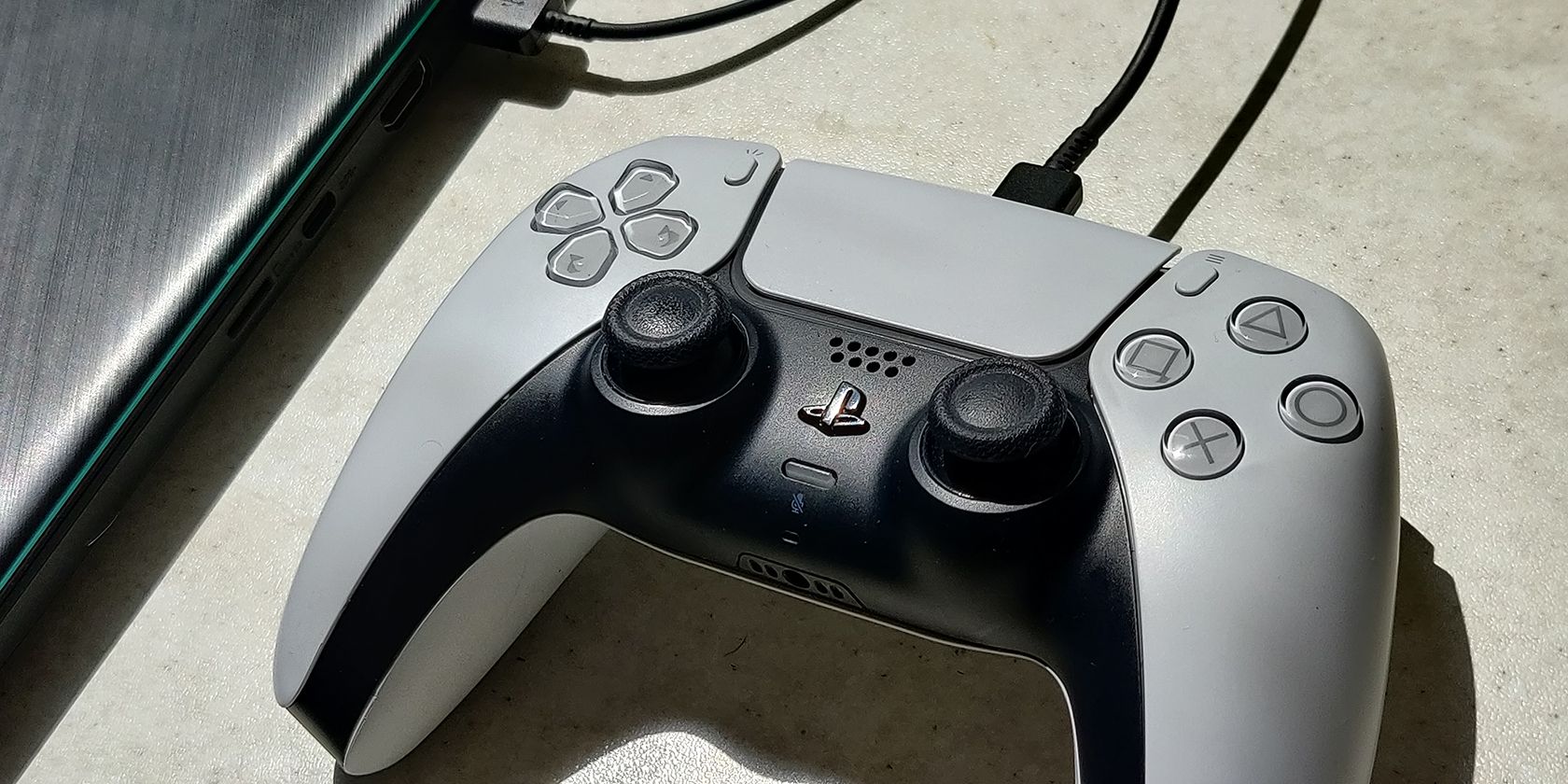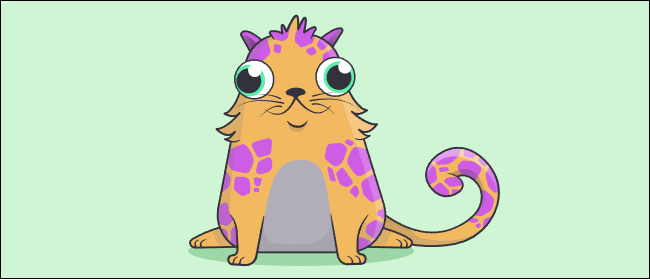
Exploring the World of NFTs: A Beginner’s Guide to Cryptocurrency’s Unique Artifacts

Exploring the World of NFTs: A Beginner’s Guide to Cryptocurrency’s Unique Artifacts
Quick Links
- NFTs Are “Non-Fungible Tokens”
- What Does “Non-Fungible” Mean?
- How NFTs Work (Remember CryptoKitties?)
- Most NFTs Use the Ethereum Blockchain
- What Are Some Other Example NFTs?
- But Can’t Anyone Copy an NFT?
- How Can Something Digital Be a “Collectible”?
- But How Can Digital Collectibles Have Value?
NFTs are the hot new thing in the blockchain and cryptocurrency world. Think of an NFT like a digital collector’s item. It’s a unique digital object, and NFTs are exploding in popularity. But what is an NFT?
NFTs Are “Non-Fungible Tokens”
The acronym “NFT” stands for “non-fungible token.”
An NFT is a token on a blockchain, but—unlike typical cryptocurrency—it’s not fungible. A blockchain is a secure, collaborative ledger that keeps track of who owns what.
Related: What Is a “Blockchain”?
What Does “Non-Fungible” Mean?
When something is fungible, it’s interchangeable. For example, money is fungible. There’s no difference between one U.S. dollar and another U.S. dollar.
Gold is also considered to be a fungible commodity. One ounce of pure gold is equivalent to another ounce of pure gold. Shares of a company are fungible as well—one share of Facebook is equivalent to another share of Facebook.
Cryptocurrencies like Bitcoin are fungible, too. One bitcoin is equivalent to another bitcoin.
When something is non-fungible, it’s not interchangeable. For example, Leonardo da Vinci’s Mona Lisa is non-fungible. There is only one original copy of the Mona Lisa in the world.
A copy of a trading card is non-fungible, too. It’s a limited edition collectible. That’s what NFTs are—a sort of digital collectible.
How NFTs Work (Remember CryptoKitties?)

CryptoKitties were one of the first big NFTs. Each kitty is unique. A CryptoKitty is a “digital asset” stored on a blockchain. Instead of the blockchain recording your ownership of a cryptocurrency token like Bitcoin (BTC) or Ether (ETH), it records your ownership of a specific, unique token that the kitty represents.
“Owning” a CryptoKitty works the same as “owning” a bitcoin or another cryptocurrency token. You own this digital asset because the collaborative blockchain says that you do—or rather, the blockchain says that whoever has your private keys owns it. You can use your private keys to “spend” a cryptocurrency, assigning ownership of it to someone else in return for cash or services.
Likewise, you can use your private key to assign ownership of a CryptoKitty or another NFT to someone else. Perhaps you’re exchanging the NFT for a fungible cryptocurrency (like Bitcoin), fungible cash (like U.S. dollars), or another NFT (like a different CryptoKitty). The new owner will be recorded on the blockchain.
Related: What the &#%$ is a CryptoKitty?
Most NFTs Use the Ethereum Blockchain
Most NFTs—CrypoKitties included—use the Ethereum blockchain. Ethereum is a cryptocurrency, but its blockchain can also store other data, like NFTs. CryptoKitties are technically ERC-721 tokens stored on the Ethereum blockchain.
Other blockchains could also implement support for NFTs.
What Are Some Other Example NFTs?
So let’s recap: An NFT is a unique token stored on a blockchain. It’s like a bitcoin or an altcoin , but instead of being an interchangeable currency, it’s a unique digital item—in the same sense that a bitcoin is a digital item.
Let’s take a look at a few more examples of NFTs:
- Twitter CEO Jack Dorsey is selling his first-ever tweet as an NFT. Someone is bidding $2.5 million to own it.
- The NBA partnered with the maker of CryptoKitties to launch NBA Top Shot . You can buy highlight videos from NBA games in the form of NFTs. For example, a LeBron James highlight once sold for $200,000 .
- Grimes sold a variety of videos for a total of $5.18 million . A one-of-a-kind video named “Death of the Old” went for $389,000, while nearly 700 copies were sold of shorter videos called “Earth” and “Mars” for $7,500 each.
- A one-of-a-kind Nyan Cat collectible sold for about $580,000.
- Taco Bell sold NFTs for some reason.
Those are just a few examples. There are many, many more.
But Can’t Anyone Copy an NFT?

You might be scratching your head and wondering what the big deal is. After all, can’t anyone take a screenshot of Jack Dorsey’s first tweet—or just read it on Twitter? Can’t anyone watch those NBA clips online—or download copies of Grimes’ videos with a quick right-click on a web page?
Well yes, of course! Someone can also take a high-resolution photo of the Mona Lisa. In fact, you can view the Mona Lisa for free in your web browser, despite the fact that the Mona Lisa is reportedly valued at nearly a billion dollars.
What you’re really paying for is a digital “certificate of authenticity” that says you are the owner of the “original” copy. The blockchain, a public ledger that records who owns what, ensures that people can’t just forge this certificate of authenticity.
When you own that first-ever copy of the first-ever Jack Dorsey tweet, the blockchain says that you do. If you sell it to someone else in the future, that person will then own it. “You know, I own the original copy of the first Jack Dorsey tweet,” they can say at cocktail parties.
How Can Something Digital Be a “Collectible”?
Of course, it’s a little difficult to understand how a copy of a Jack Dorsey tweet is worth $2.5 million. How is that a “collectible,” and how is it worth so much money?
Well, we live in a world where Charizard cards from the Pokémon Trading Card Game can sell for more than $350,000 . A copy of the Black Lotus card from Magic: The Gathering—signed by the original artist—once sold for $511,100 .
But just as NFTs are bits of data on a blockchain, those trading cards are just ink on a piece of paper.
Like that signed copy of the Black Lotus card, that Jack Dorsey tweet is essentially a copy of the Jack Dorsey tweet signed by Jack Dorsey. It’s a digital copy instead of a paper copy.
But How Can Digital Collectibles Have Value?
Anything is worth whatever someone is willing to pay for it.
That Jack Dorsey tweet is worth $2.5 million because someone is willing to hand over that much cash for it. That person may be a big fan of Twitter and Jack Dorsey, or they may be betting that NFTs will increase in value and that people in the future will be willing to spend even more money to buy that one-of-a-kind signed tweet.
However, that collectible is one of a kind. Even if Jack Dorsey sells a thousand more copies of his tweet, the first person will always have that original, first-ever copy of the tweet. They can sell it, and whoever buys it will be recognized as the owner of the original.
Also read:
- [New] 2024 Approved Best Voice Conversion Tools for Vlogging Professionals
- [New] 2024 Approved How To Be a YouTube Gamer
- [New] Bring Sound Effects Into Premiere Pro
- [Updated] 2024 Approved Pinpointing Personalities Pinning Friends on Snapchat
- [Updated] 2024 Approved Saving Smiles The Ultimate List of TwitVid Tools
- Exploring the Latest in PC Components with Tom's Hardware Guides
- How to Perform Hard Reset on Nokia G22? | Dr.fone
- How to Soft Reset Nubia Red Magic 8S Pro+ phone? | Dr.fone
- Insider Guide Decoding YouTube Live Image Codes
- Overcoming Obstacles: The Difficult Path for Teredo Roster in Qualification
- Remove Vivo Y02T unlock screen
- Troubleshoot Your Xbox One Display Issue: Steps to Overcome No Signal Glitches
- Undelete lost messages from Oppo Find X6
- Use Device Manager to reinstall hardware drivers in Windows 10 & 7
- What to do if iPhone SE is not listed when I run the software? | Stellar
- Title: Exploring the World of NFTs: A Beginner’s Guide to Cryptocurrency’s Unique Artifacts
- Author: Ian
- Created at : 2025-02-15 23:07:40
- Updated at : 2025-02-19 16:40:40
- Link: https://techidaily.com/exploring-the-world-of-nfts-a-beginners-guide-to-cryptocurrencys-unique-artifacts/
- License: This work is licensed under CC BY-NC-SA 4.0.